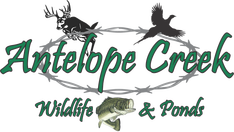The next stage of our hunting would be to head to the lease on the Belle Fourche River. I have a rifle tag for a whitetail buck and 4 whitetail doe tags. Antoine himself had a west river archery tag. We would leave the morning of November 11th and head for the ranch. We had unseasonably cold weather setting in for this time of the year, with snow on its way. The trip out was relatively easy, other than I could tell my truck was under powered. I had figured it must be a fuel filter issue. This led to us driving a little slower, picking up some filters, and as we arrived at the ranch, I set Antoine out for his first evening hunt, while I would change fuel filters, pull camera cards and scout for the remainder of the hunt.
As I pulled cards from cameras and scouted, I found some really nice bucks for the hunt, one in particular looked to be a 6x6 narrow framed buck along with a handful of other nice 8-point bucks. I had my mind set on one particular buck, a large framed, tall tined heavy 8 point like no 8 point I had ever seen. I had not seen him while scouting, but had a lot of pictures of this buck.
That evening, as Antoine got back to the truck, I could see the excitement on his face! As he told the story of the evening hunt, it was evident that this was the best hunt he has ever experienced, at least in the state of South Dakota. That evening it was time to look through camera cards and game plan for the next few days hunt.
The Big Framed 8 point was on three cameras over the last three weeks, and two during daylight hours. He was the buck I had my hopes set on and I had planned to hunt him until the end. The plan was set, Antoine would go to the same blind he hunted Friday night and focus his efforts around there, as the number of deer he saw there was very hopeful. I would go to the Banks Blind on the river bend, looking back into the transition area. From here I could cover a large part of the field where this big 8 has been seen on the cameras.
Antoine’s hunt slowed way down as he had a few opportunities that looked as if they would be close, but they never played out in his favor. He also saw a lot fewer deer. I had a good day of hunting with lots of deer sightings and some good bucks, just not the right buck nor any mature bucks. We both sat all day with no luck, but an enjoyable day none the less.
For day three we had the same plan for hunting the same blinds. We snuck in well before daylight, however, it had snowed the day before, thawed and then froze, so access was loud as can be! The morning started off with significantly less deer sightings. Shortly after daybreak, a frosty backed coyote came trotting through the field, and I could not resist an attempt at it. I stopped him at about 250 yards and settled the crosshair and squeezed the trigger! He took off like a bullet and I watched him run with his tail between his legs until he was out of sight! I had clearly missed.
As the morning went on, more deer actually started entering the field from the bedding area. Soon after, I saw in the distance a buck and two does coming from the hills down into the river bottom. With a quick glance, I thought this could be the buck I was after! My heart was racing the anticipation was high, as he walked towards me. Once they were about 200 yards out, they stopped and the does bedded down with the buck following shortly after. I still could not quite distinguish in this was the buck I was after or not.
Eventually the buck stood back up. Now there were two bucks that looked very similar. The big 8 was just bigger than the other 8 point that was a year or two younger. I was finally able to get a good enough look to determine this was not the big 8, so I elected to let him go, but decided with only a few deer in the field, I would take at least one doe, and try for two. I first settled the crosshairs on the lone doe to my right and squeezed the trigger. Immediately I realize I have the perfect shot as she took off running. I watch her run until she tips over to know I do not need a follow up shot.
Quickly I move over to the doe with the buck. They have trotted off after the sound of the rifle shot. Now they are around 300 yards. Again, I settle the crosshairs, this time with adrenaline spiked, I squeeze the trigger, hear the hit, but quickly realize I was a little far back. She ran a little way and bedded down in the hay field. Getting out of the blind, I start working my way towards her for a follow up shot a short while later. I called Antoine and we broke both deer down in the field and packed them back to the truck and got them in the cooler.
The following day Antoine and I went to our same stand locations. Around mid-morning, he told me he was moving and setting up a ground blind to try a new spot. It was within an hour or two of him getting set up, that he called telling me he had harvested a nice buck! Immediately I got my gear and headed to him to help pack his deer out and get it into the cooler. There is no better feeling than having your buddy tag out of a great buck while they are on their own trip away from home.
That following morning, you could see the deer in the field in the moonlight. The snow was frozen and crunchy, so it was a slow hike through the fields, to the pasture, to get ahead of the deer. As we got to where we wanted to be, shooting light was already there and most of the deer had cleared off of the field. It was time to start still hunting the pines above the river.
When I hunt this way, especially in November, I walk a short distance and sit down and rattle for 30-60 seconds. I will then wait 5 minutes, rattle again and if in another 5-10 minutes nothing comes in, I make my way down the trail with the wind in my face. The first set up, I had Antoine rattle as I sat ready with the rifle. He was not yet finished with rattling and we had a buck on top of us at 40 yards. As he worked in, another buck also popped up on us. Neither buck interested me to harvest, but was a great interaction none the less.
Slowly making our way through the pines, we found the next spot to make a set. This time we only saw 3 does come out of a draw and head over the next ridge. As we crept through the pines across the edge above the river, it was now snowing pretty heavy, and we looked up to see 3 does working towards us. We sat silently as they worked past us, and we continued on. Our next set, a short while later, yielded no results.
As we headed down the line, we were close to where we wanted to be, but were just trying to find the perfect spot to set up to best see any deer coming our way. I got too greedy and took a few too many steps. As I crested the ridge to find the perfect tree to sit under, I was greeted with staring a young buck right in the face at about 10 yards. We looked at each other for a few short seconds before he blew and took off. At that, the who place blew up!
Deer were running everywhere and it was chaos trying to sort through them in the pines. I caught one buck, and as I raised the rifle, I realized it looked like the Big 8 I was after! My heart was already racing and accelerating as I saw him disappear over the ridge through my scope. The hunt was now on! We let the place settle for 10-15 minutes, knowing those deer didn’t go far, likely just over the ridge.
As we proceeded after them, following tracks in the snow, we came across them in short order, however, they were moving quick to the north chasing each other around. We again held up and just tried to put eyes on a shooter buck as they slipped through the pines. As they got out of sight, I pulled up the map and we discussed where they may be headed.
To the North there is a big bowl that multiple drainages led to. They had to be headed there we thought. As we approached a gap in the pines where we could see across the valley to the bowl on the other side, we immediately saw deer. The hillside was full of scrub oaks and pines, with deer shifting in and out of the openings. Quickly we found what we thought was the Big 8 and I set up for a shot.
As I was preparing for a shot, Antoine whispered, “Don’t shoot! A bigger buck is coming out! All I can see is a wall of tines!” I undoubtedly trusted him and immediately switched over and the buck walked into my scope. There was no doubt, that was a wall of tines! The buck was bristled up ears pinned back approaching the Big 8. With my heart racing, I tried to settle the crosshairs to shoot.
The rifle fired, but immediately I could tell the hit wasn’t perfect. The buck took off hurt bad, and looked like a bulldozer going through the brush. He went about 20 yards and laid there in the scrub oaks. Not sure if he was down or not, I had Antoine stay on this hill while I went over to where I saw him settle. This way, if he were alive and if he took off, Antoine could see him and where he may go.
Approaching with caution, I found the buck. He was down but hadn’t passed, so I took another shot to finish him. The celebration was on! I am nearly certain Antoine was more excited than I was as he got to the deer! I quickly recognized the buck as the one I saw the night before rifle season opened. I had mixed emotions as I slightly thought maybe I had shot a deer that I was thinking was younger than I wanted. He ended up being 4.5 years old! But with this experience and your best friend with you, it is hard to beat and it’s a great memory to always have. Now, the work was ahead of us! We were 3.5 miles back and had to process the deer by boning it out and packing him all the way back to the truck!
Pack outs like this are always tough but so rewarding at the same time. When you get to the truck everything hurts, but you feel rewarded and more successful than ever. To top it off, you have a few hours of hiking and recapping the hunt that just happened, along with those from the past, and a little about the future hunts.
This is a hunt I won’t soon forget and I will always think of the events of that day and more importantly the friend who was with me that day, whenever I look at him hanging on the wall.
Get out there and enjoy God’s creations and just go have fun. Don’t get too caught up in it all and put too much pressure on yourself, but just go and have fun and create memories.
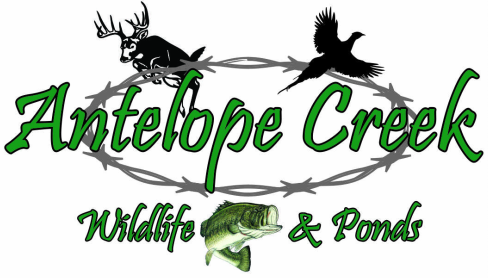
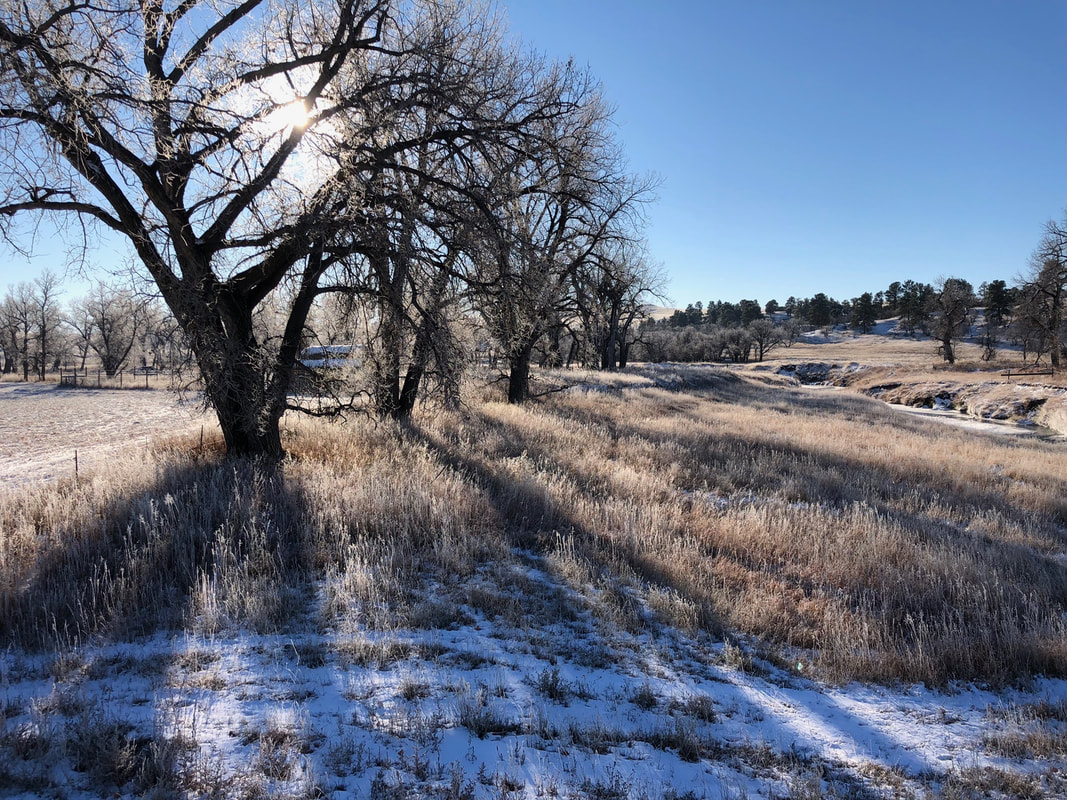
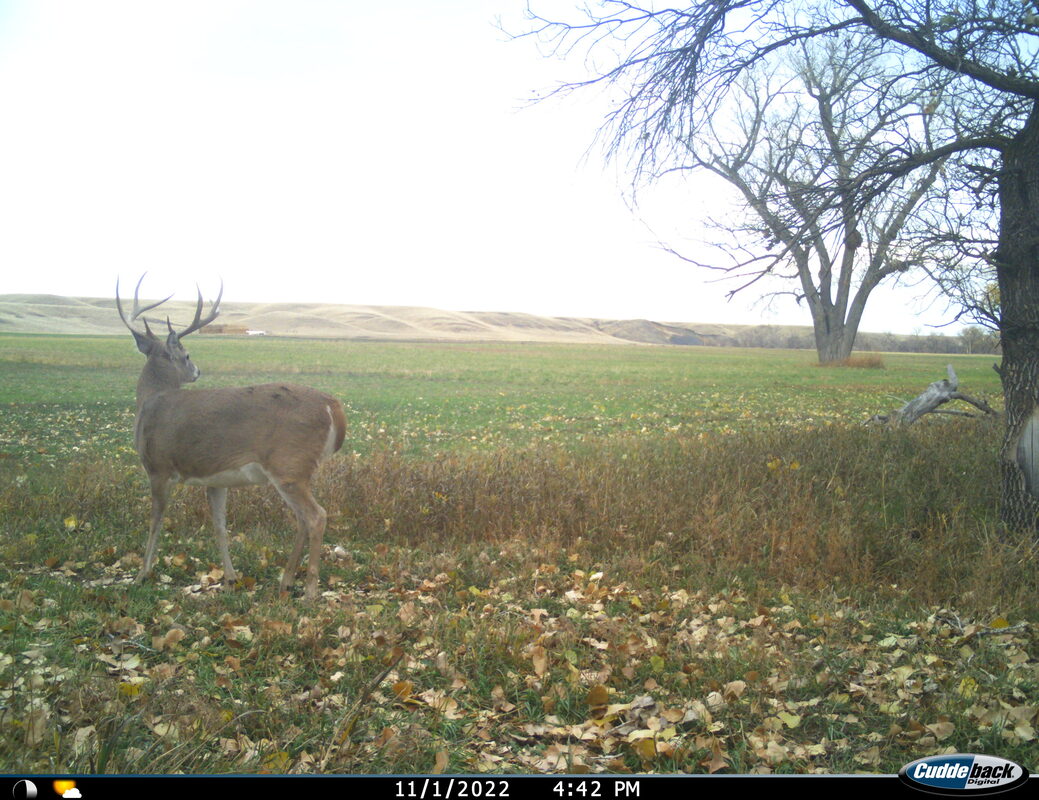
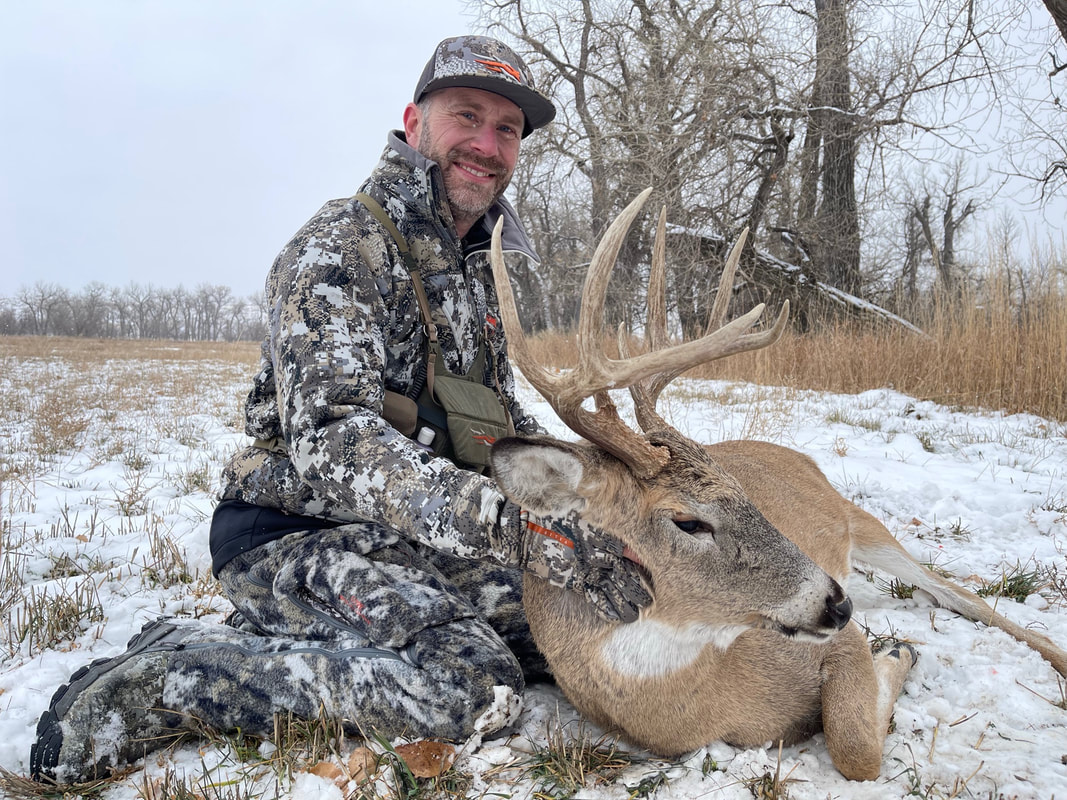
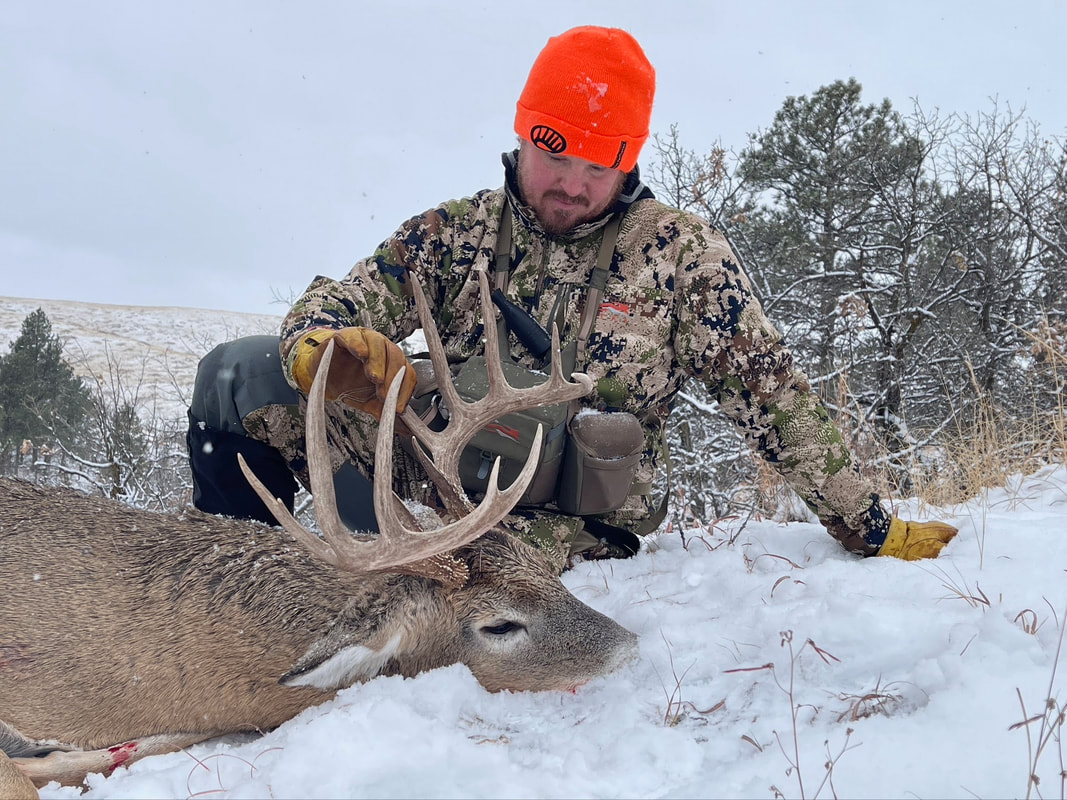
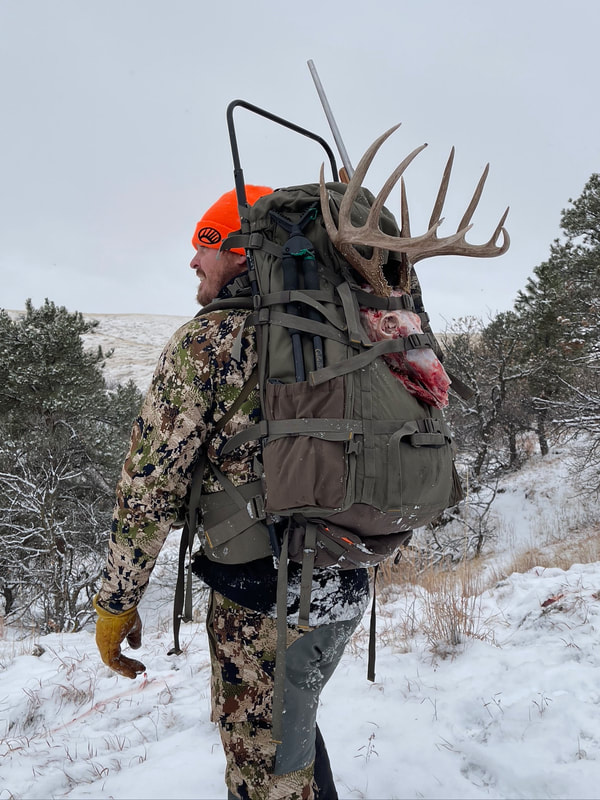
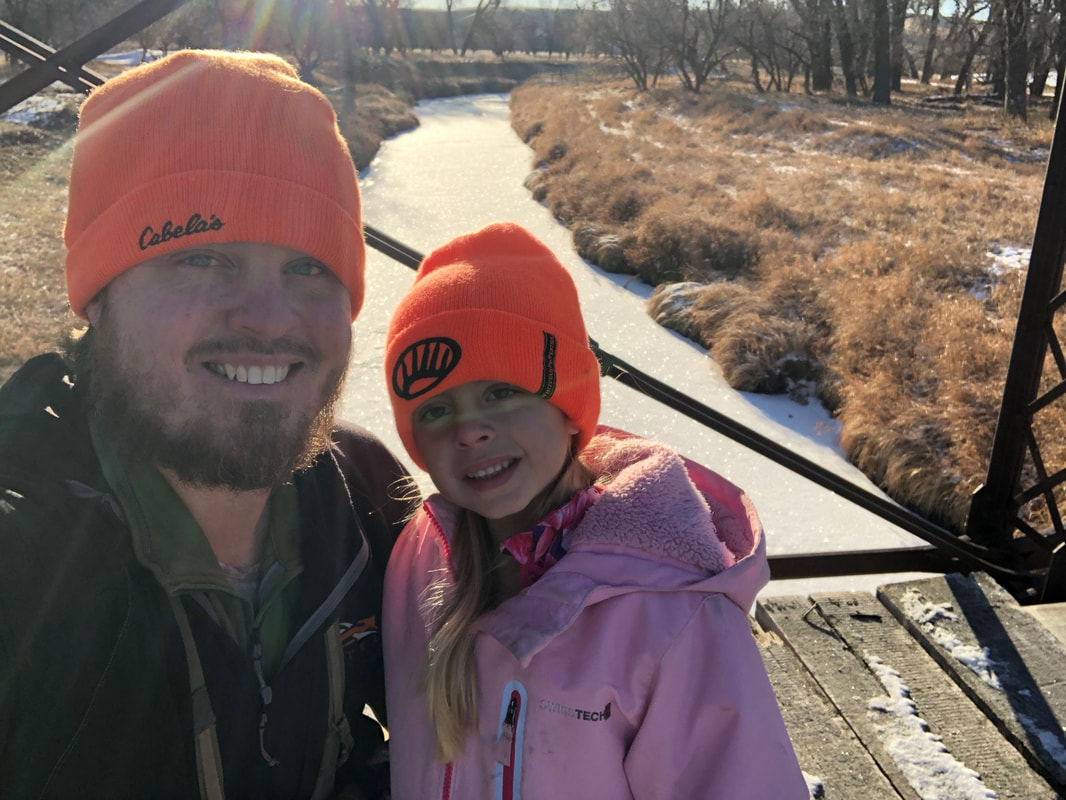
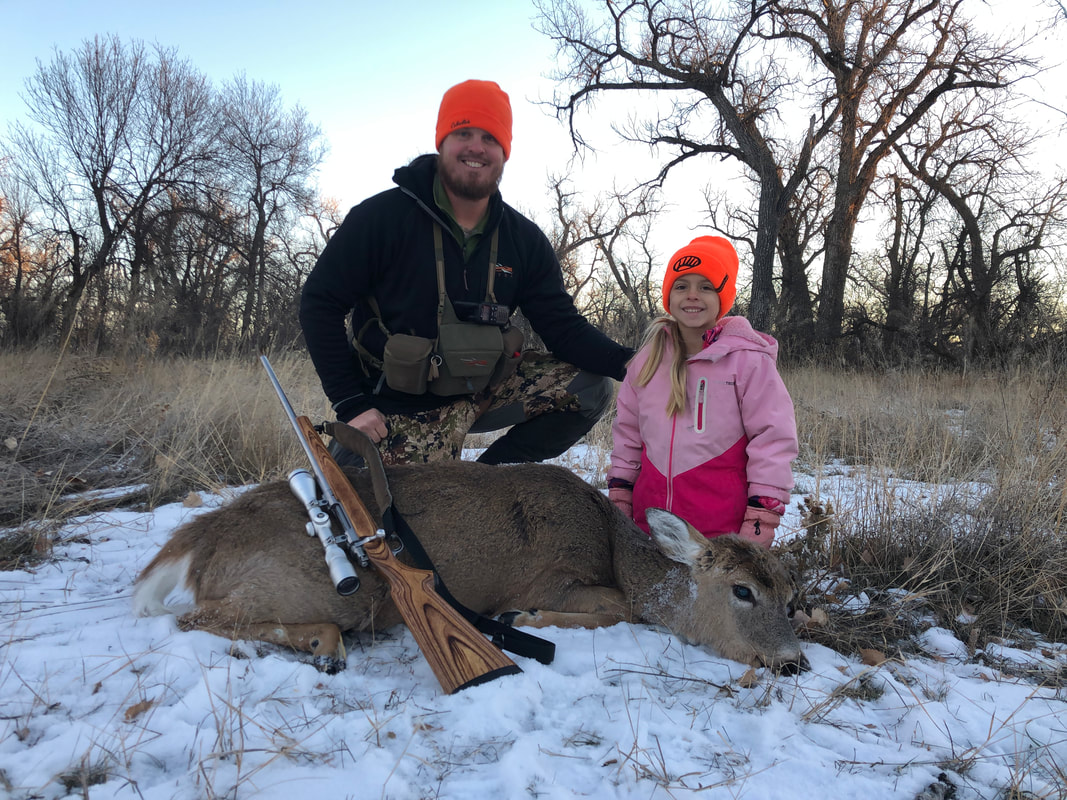
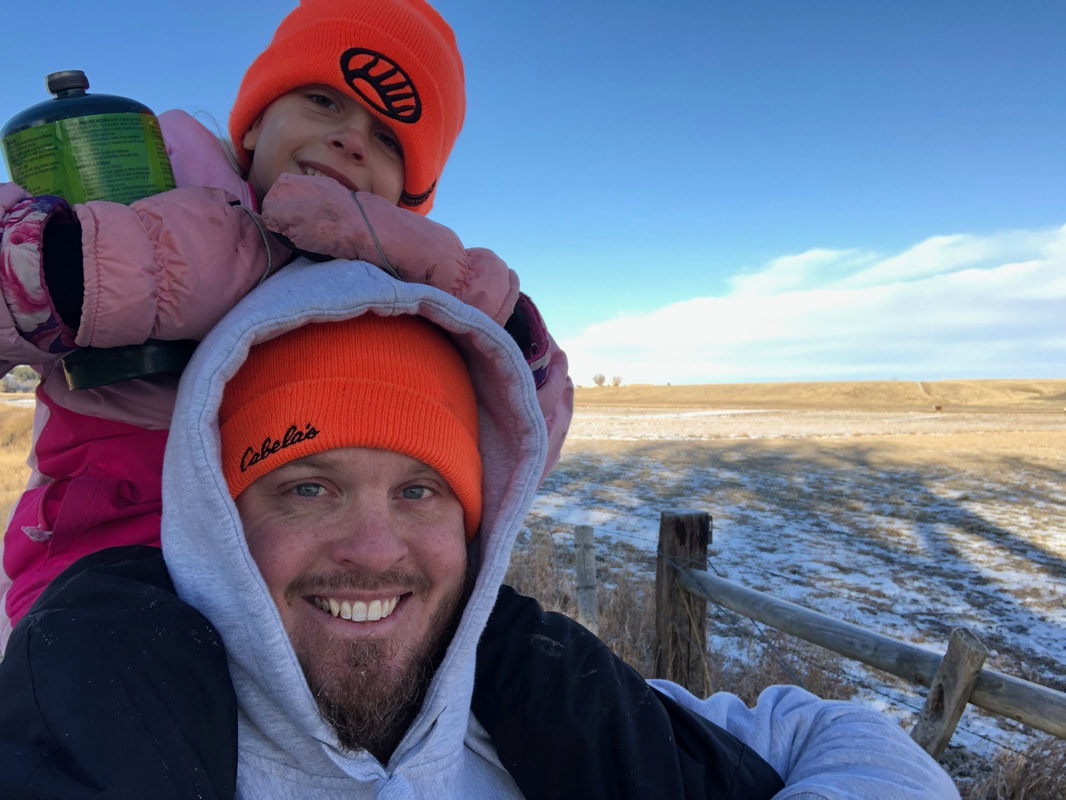
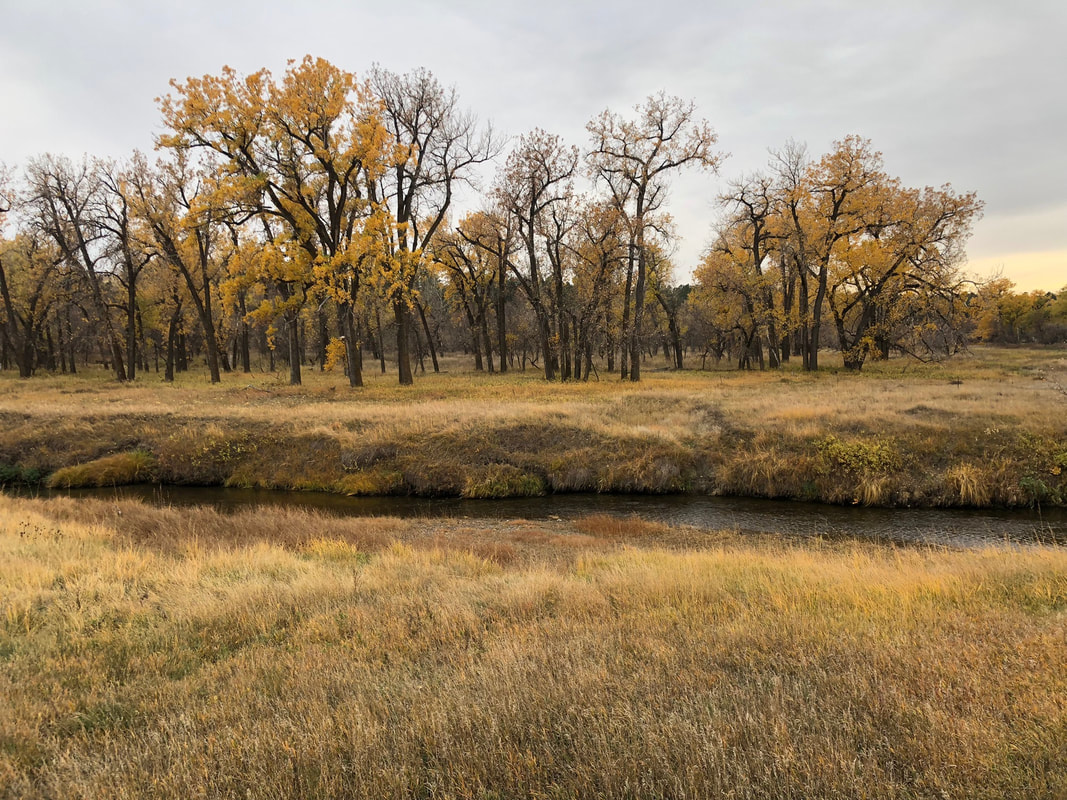
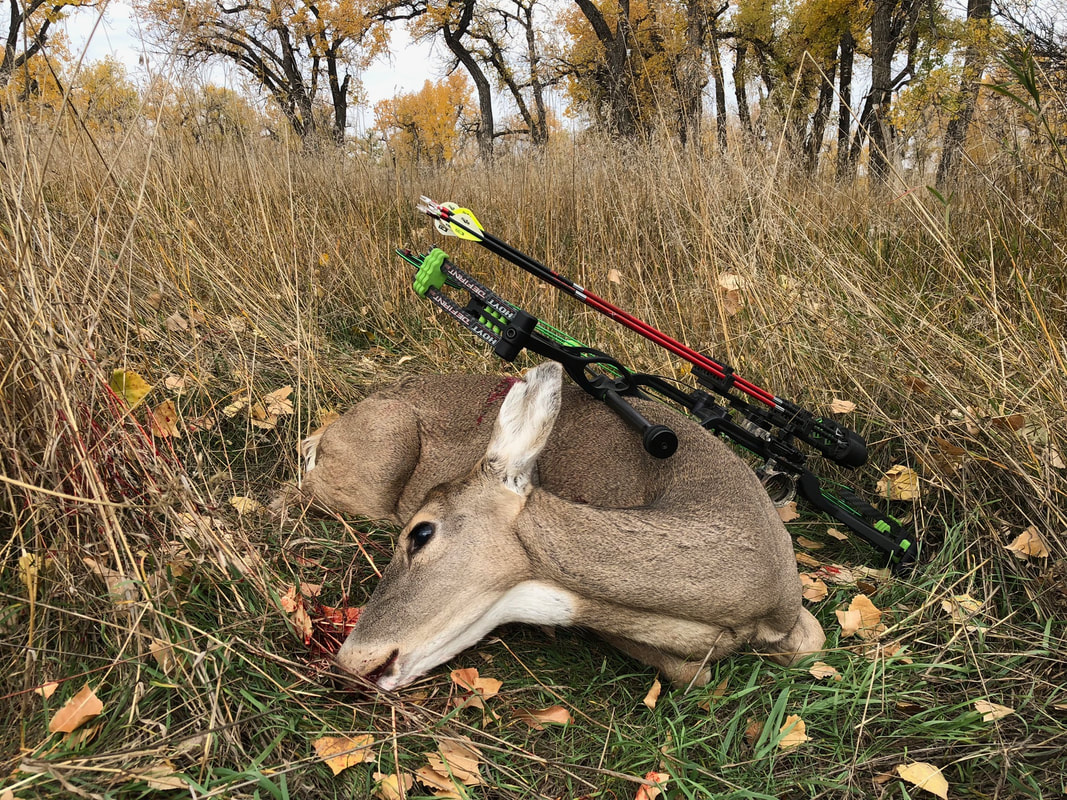
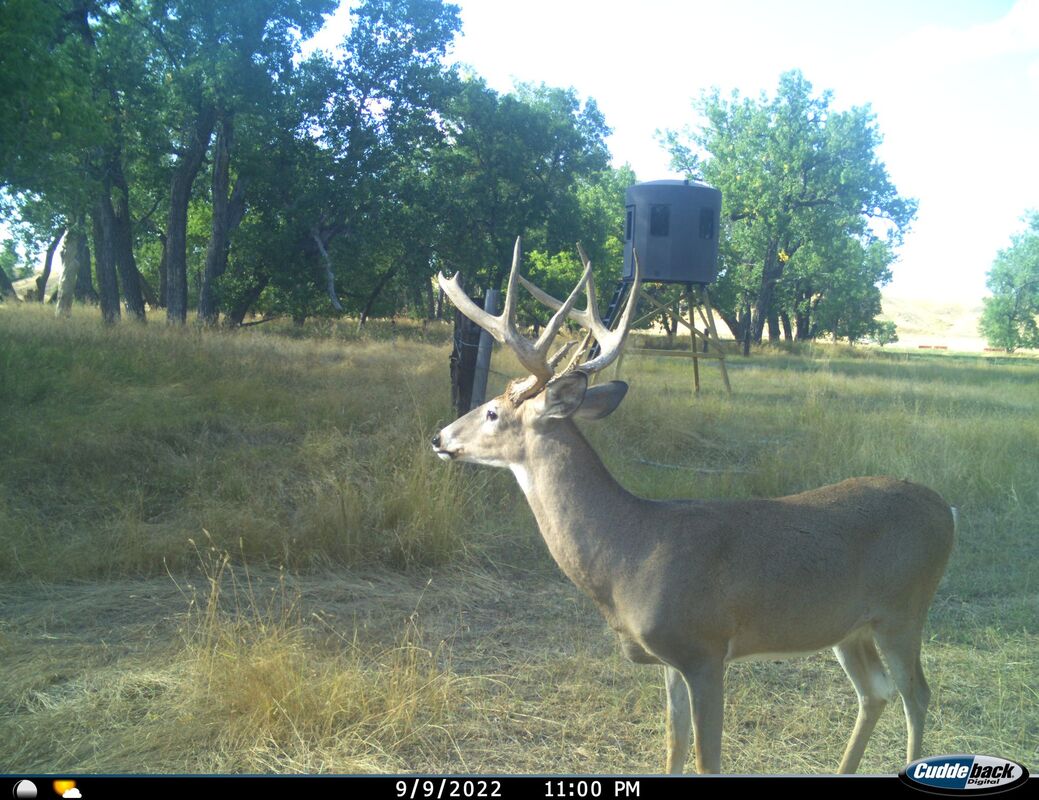
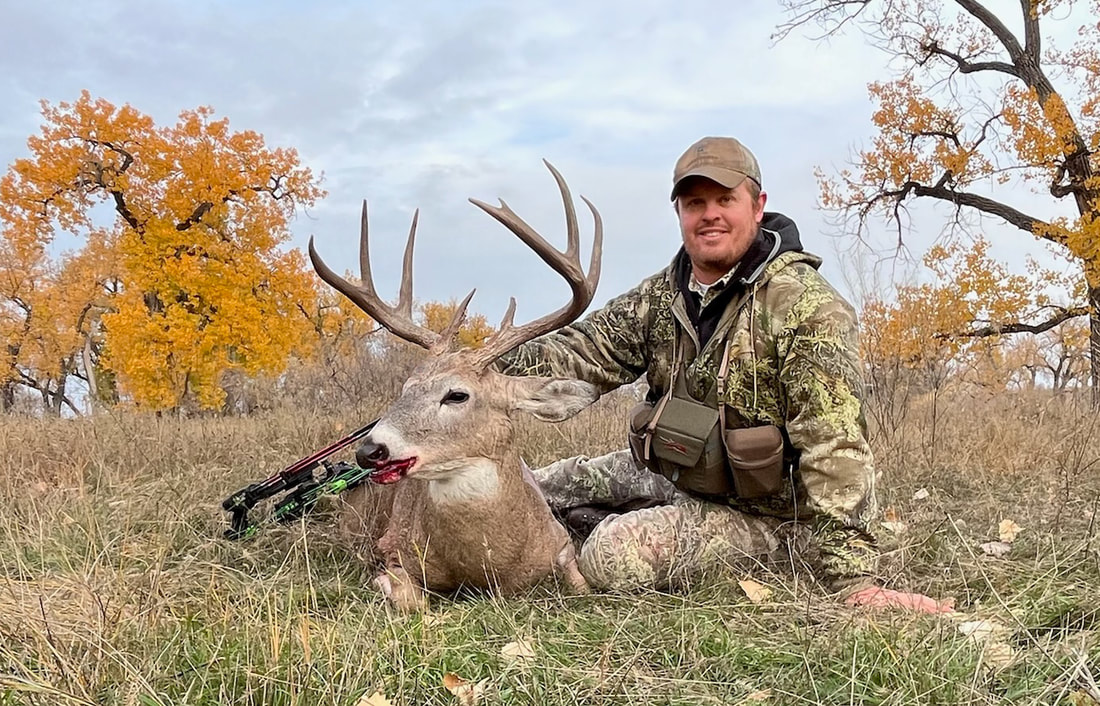
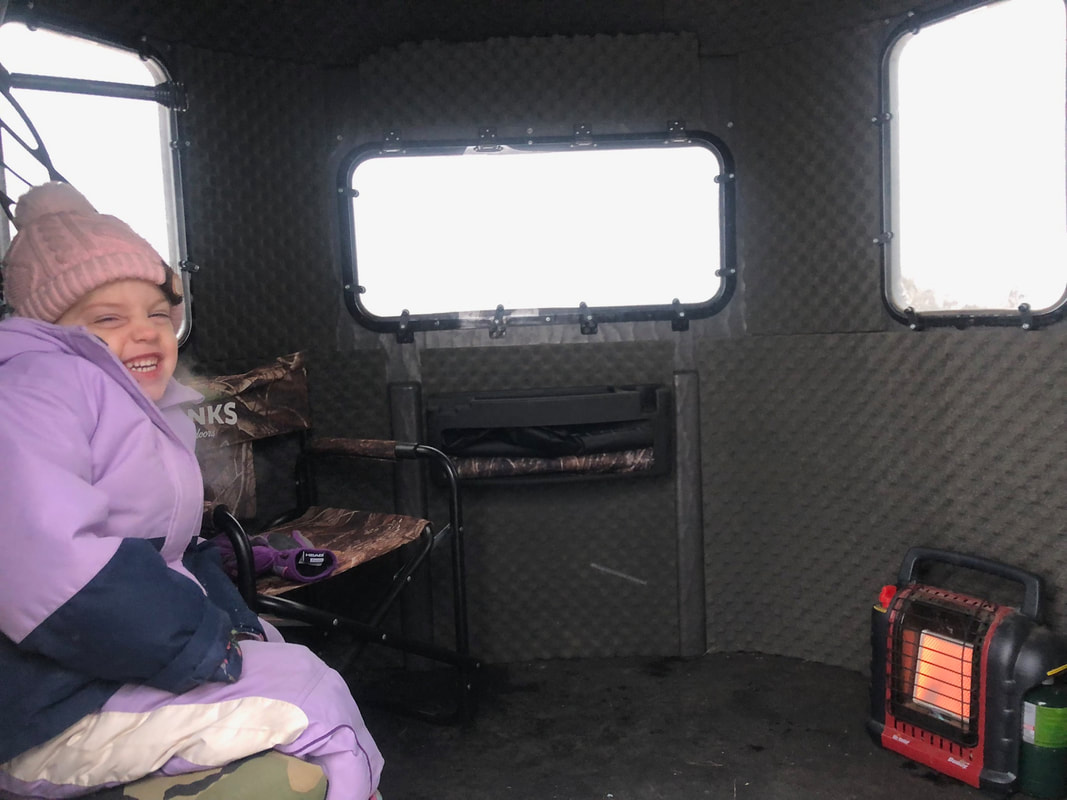
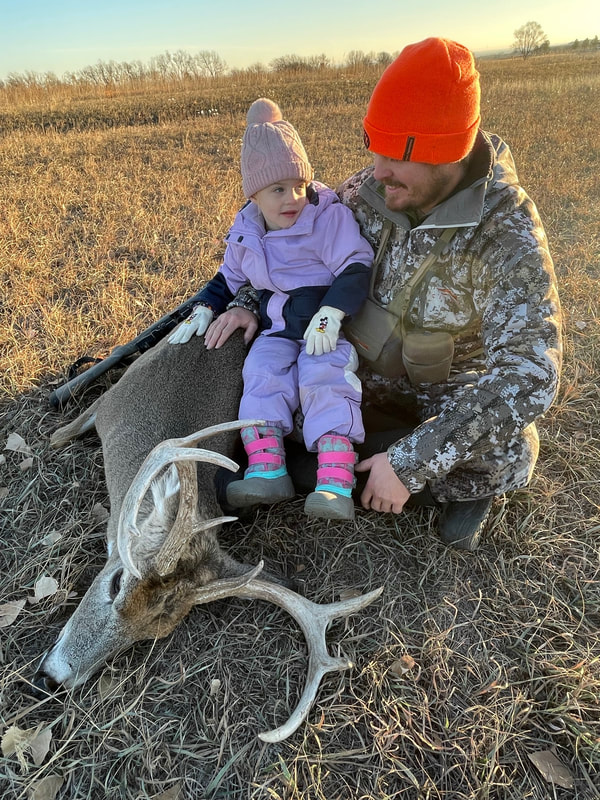
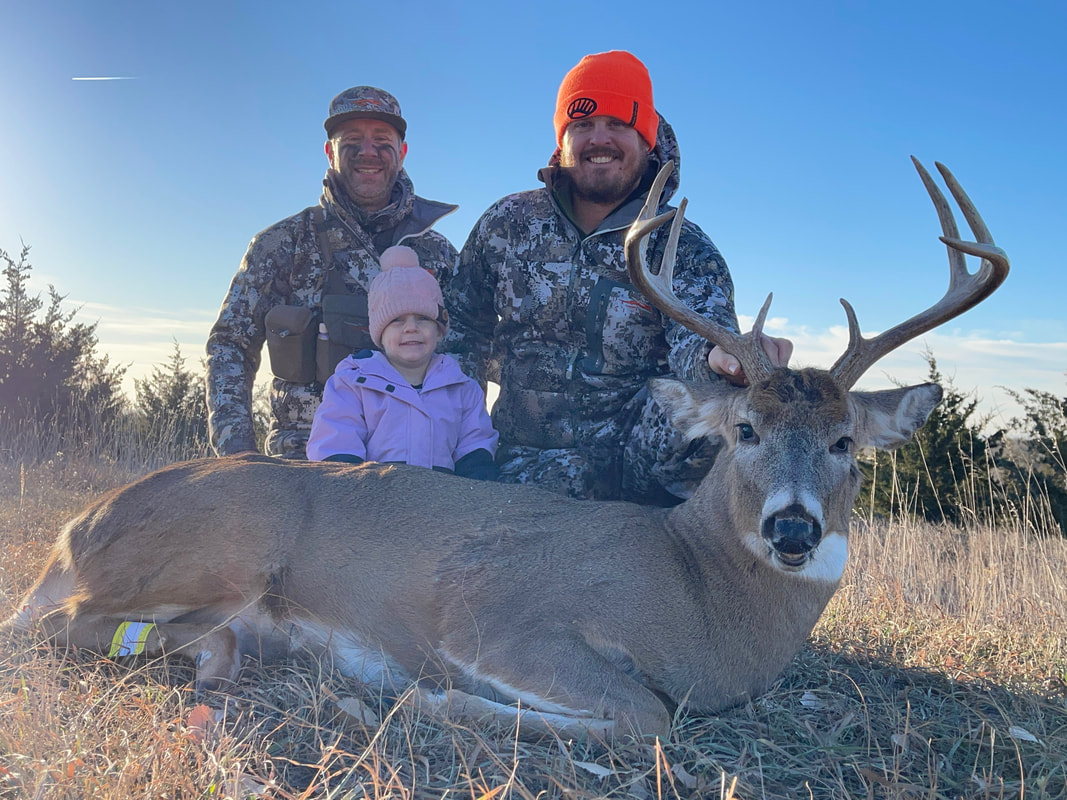
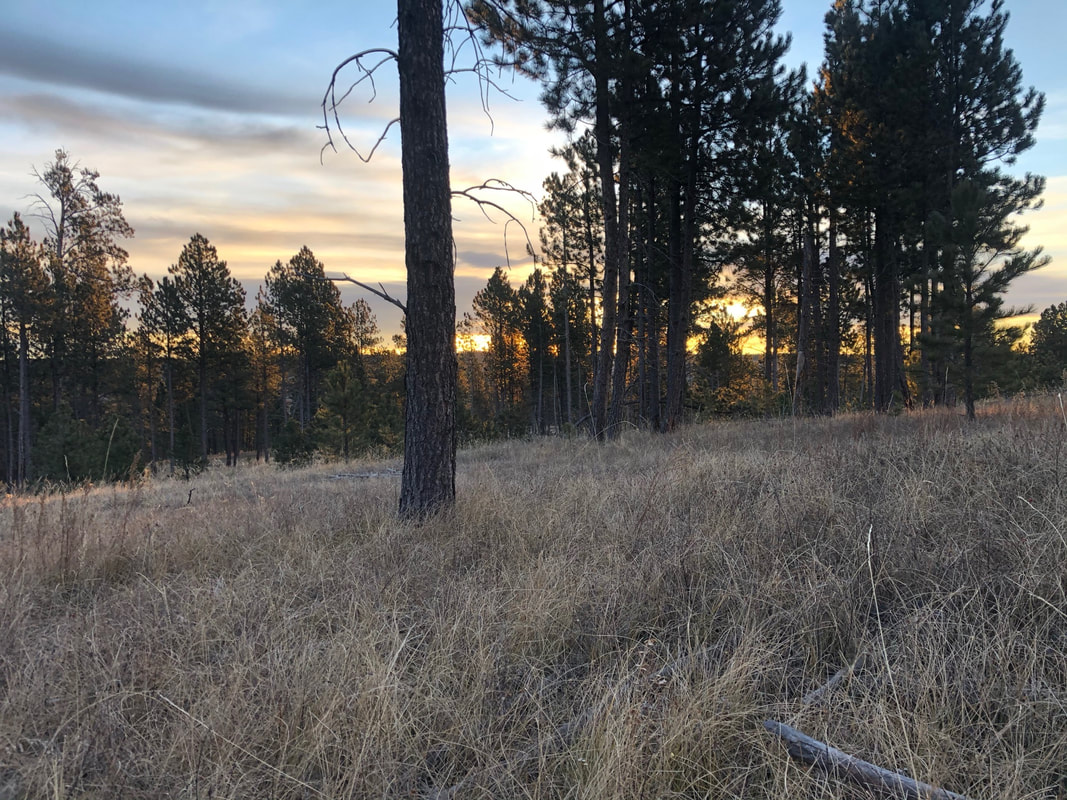
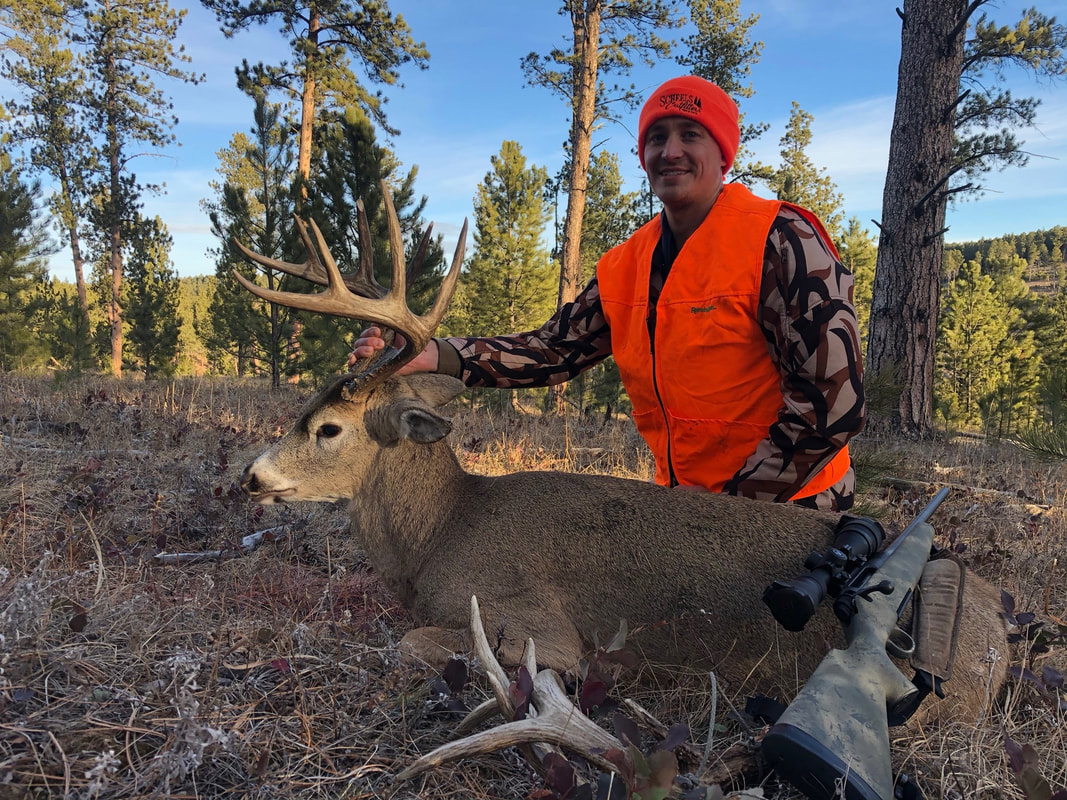
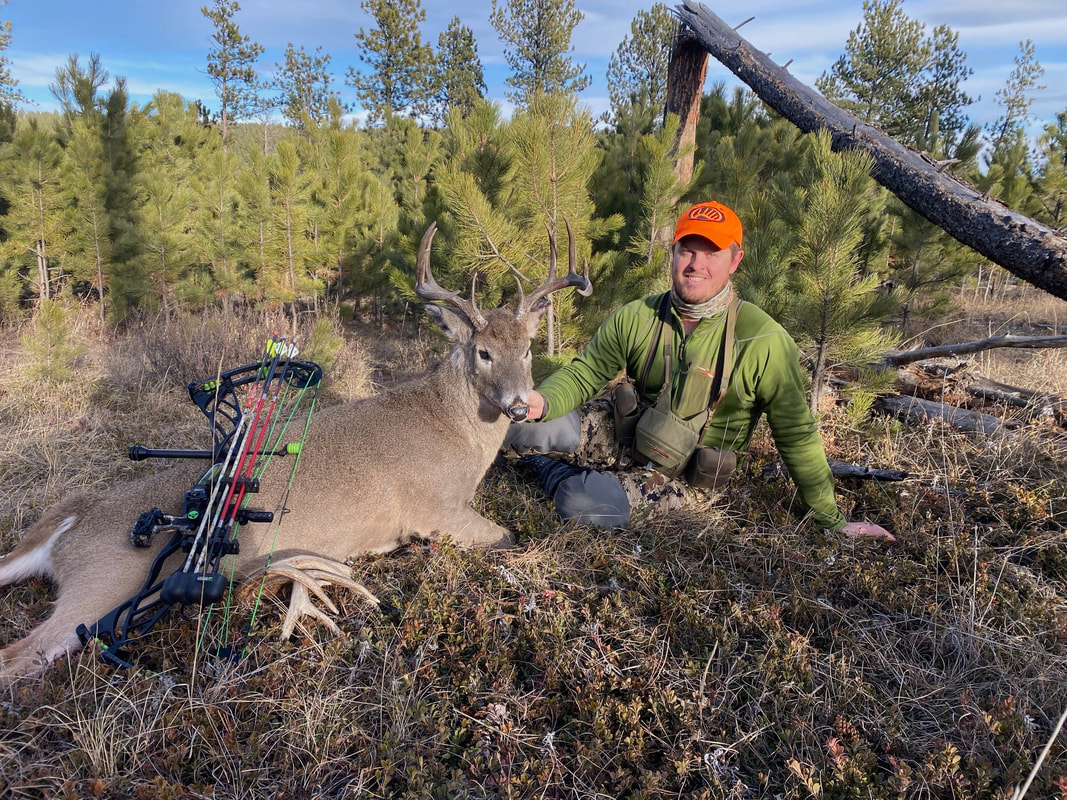
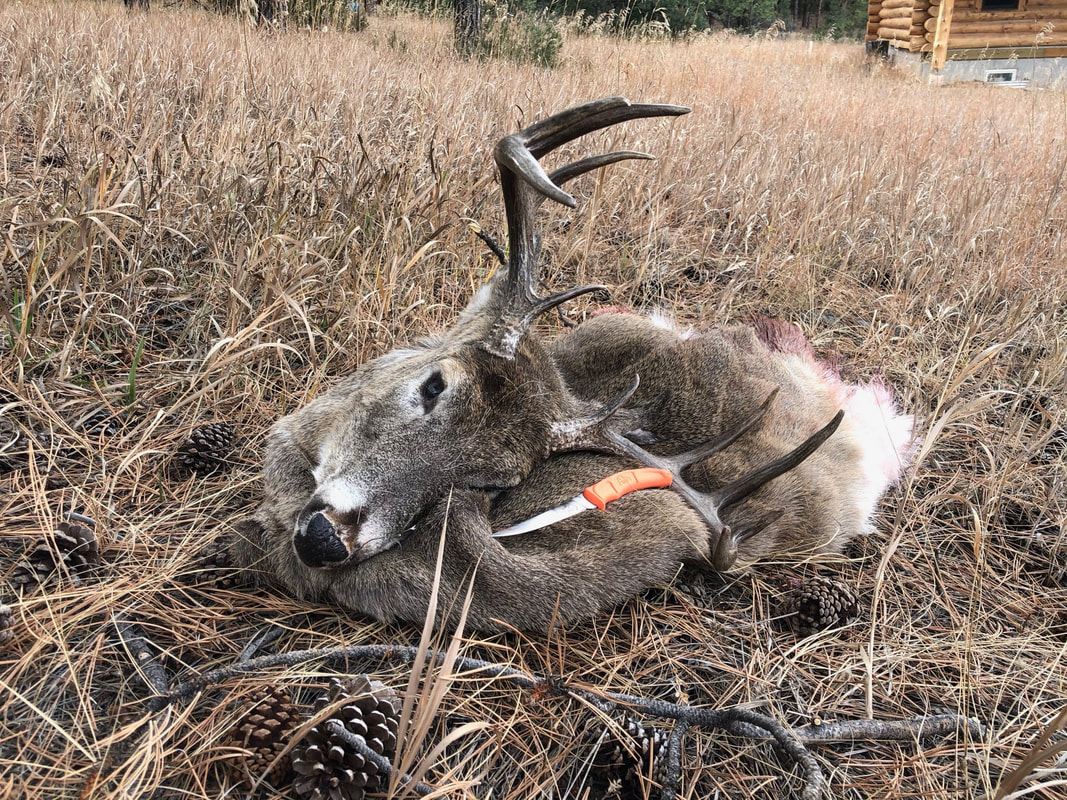
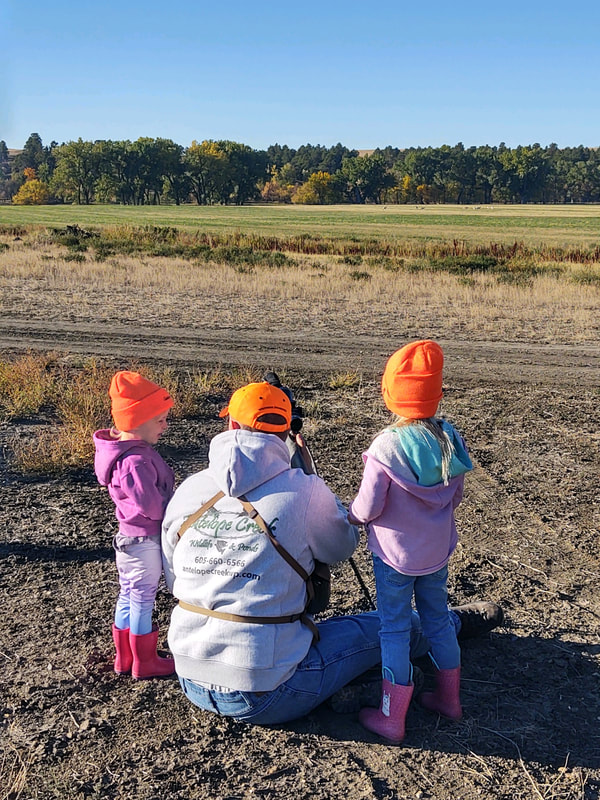
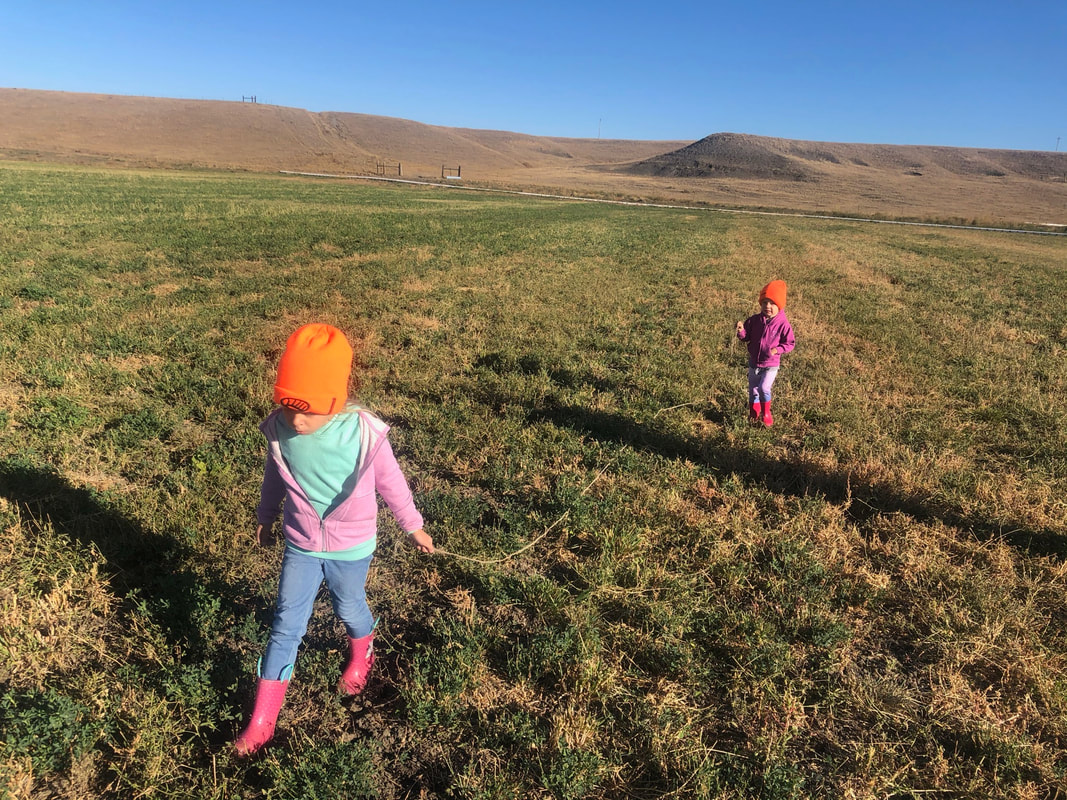
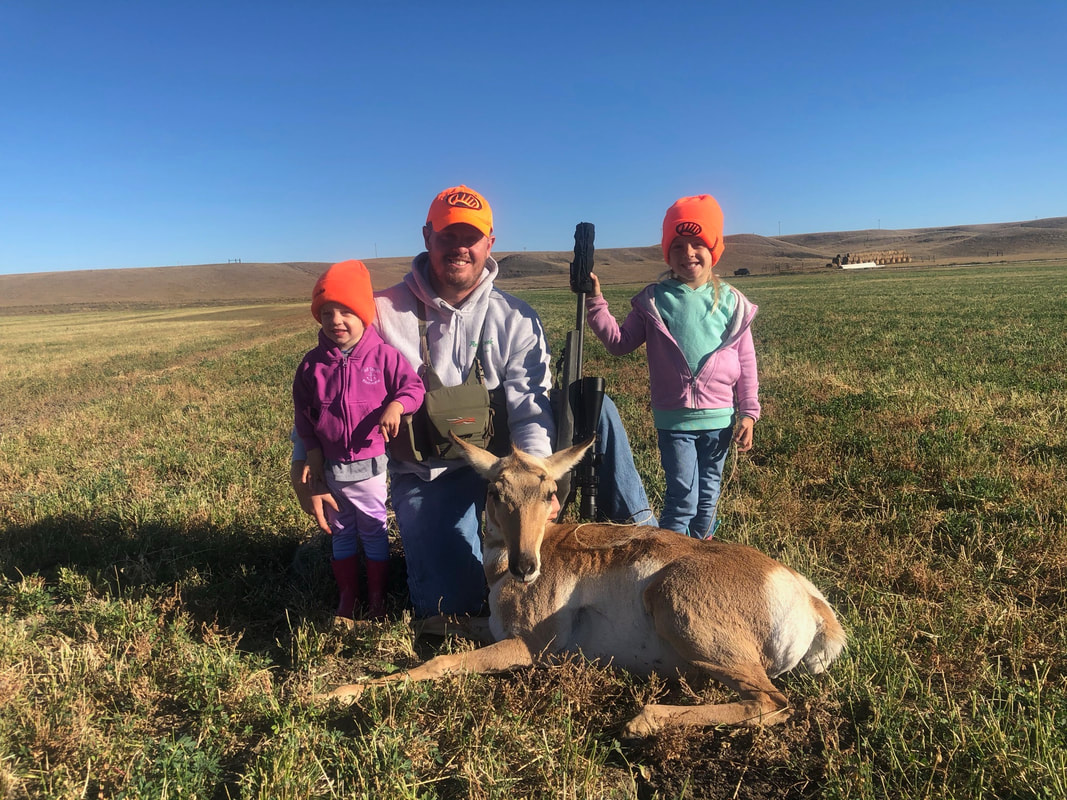
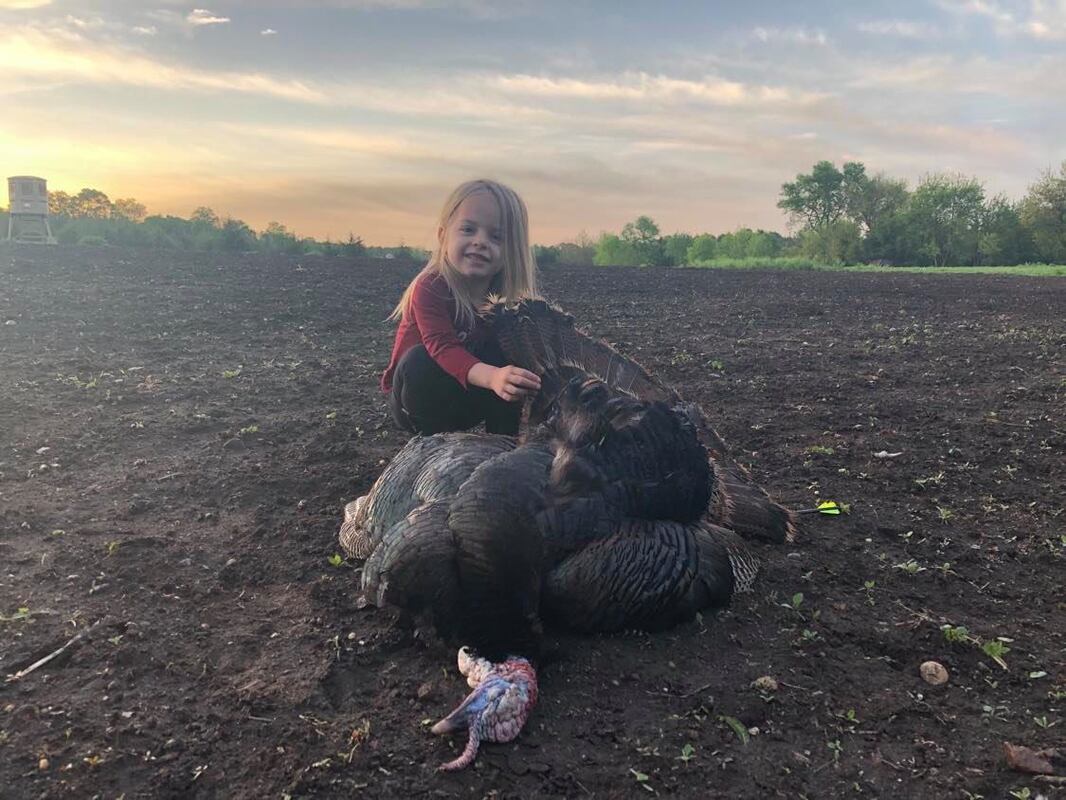
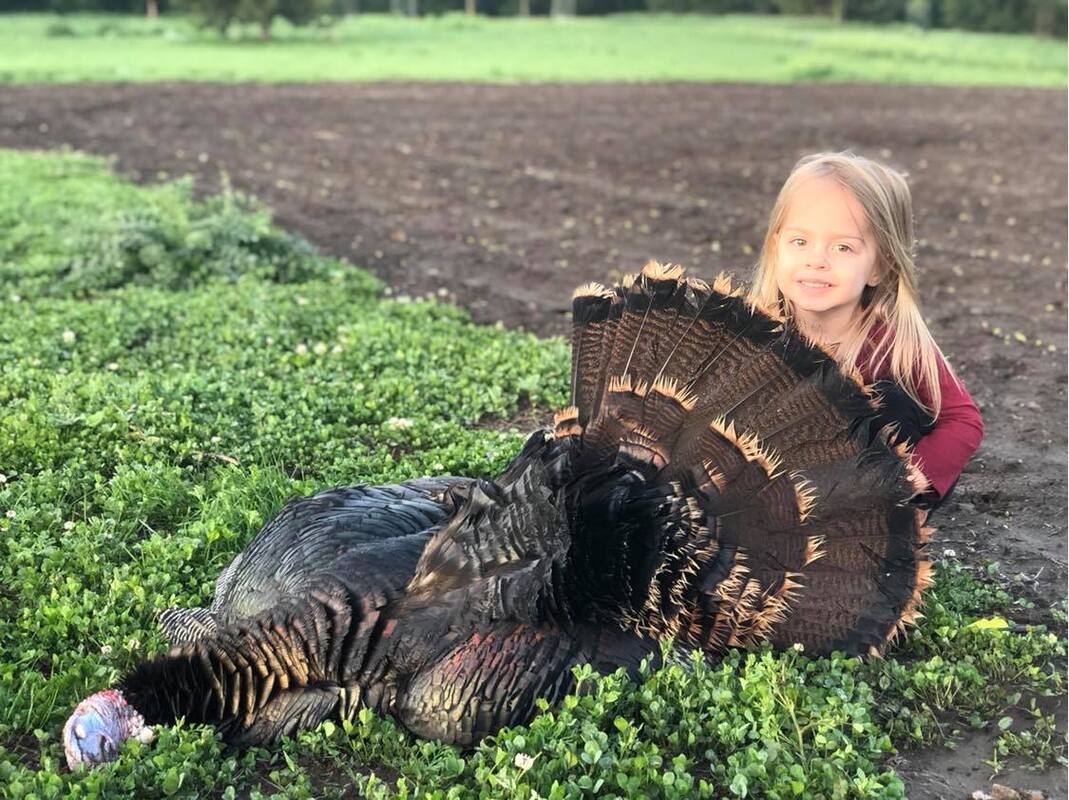
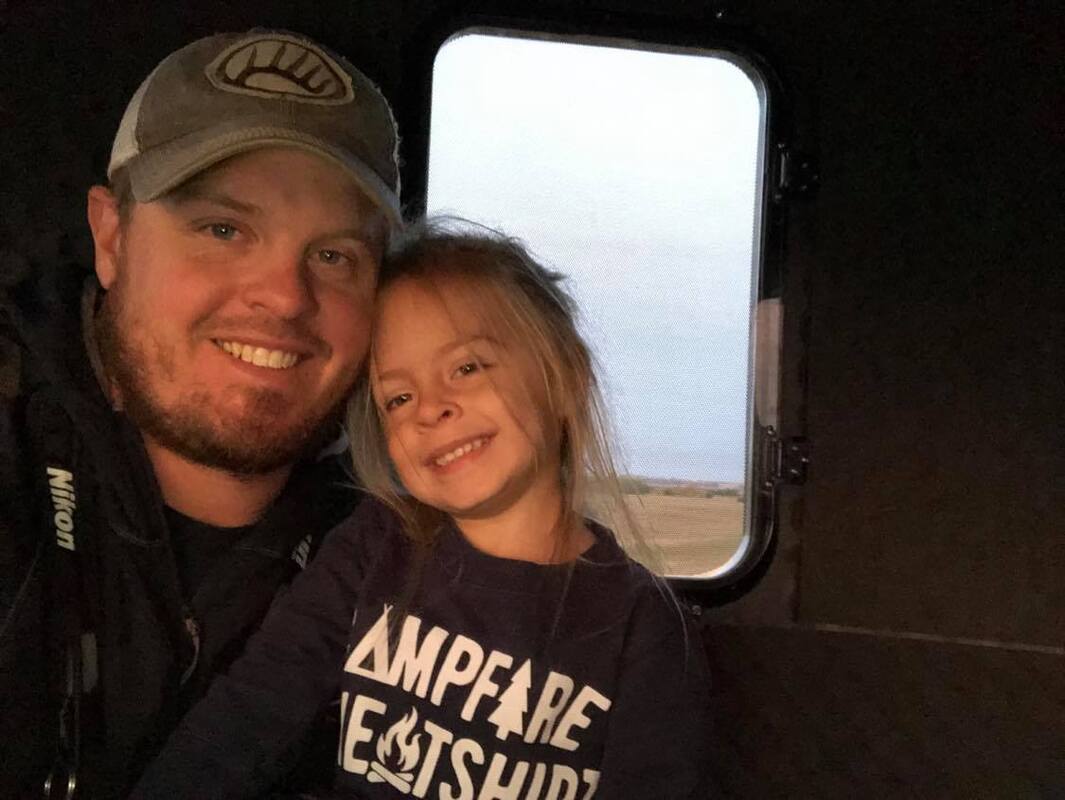
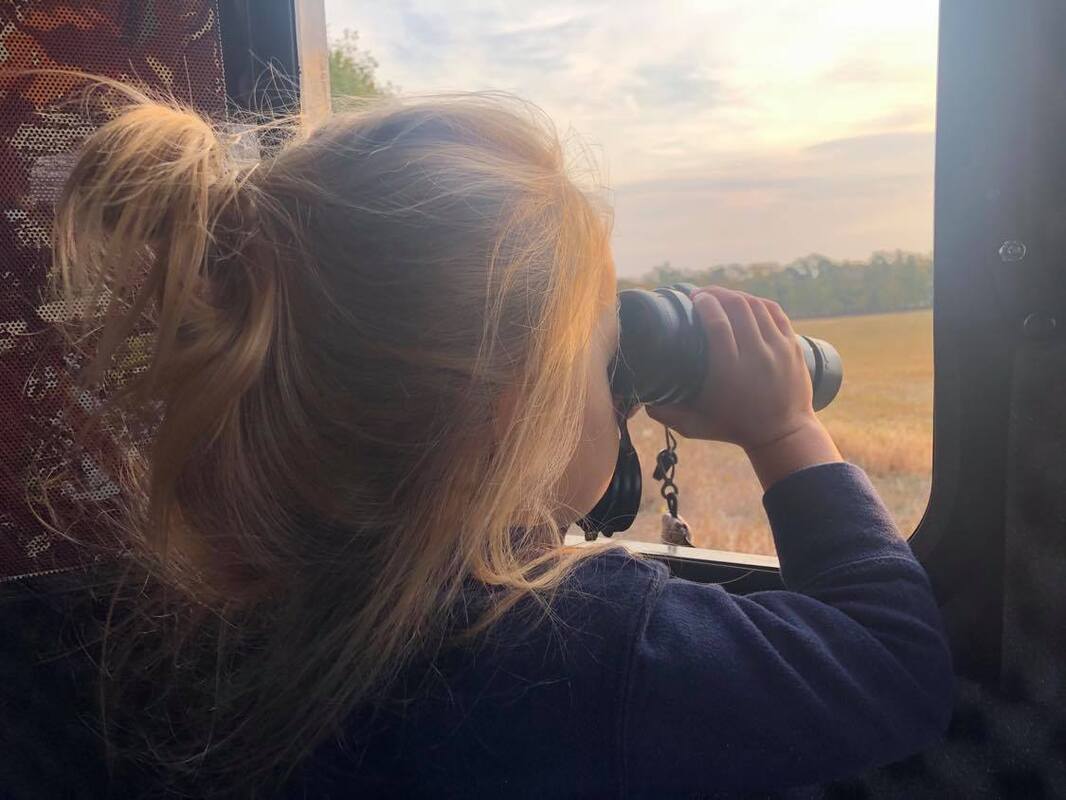
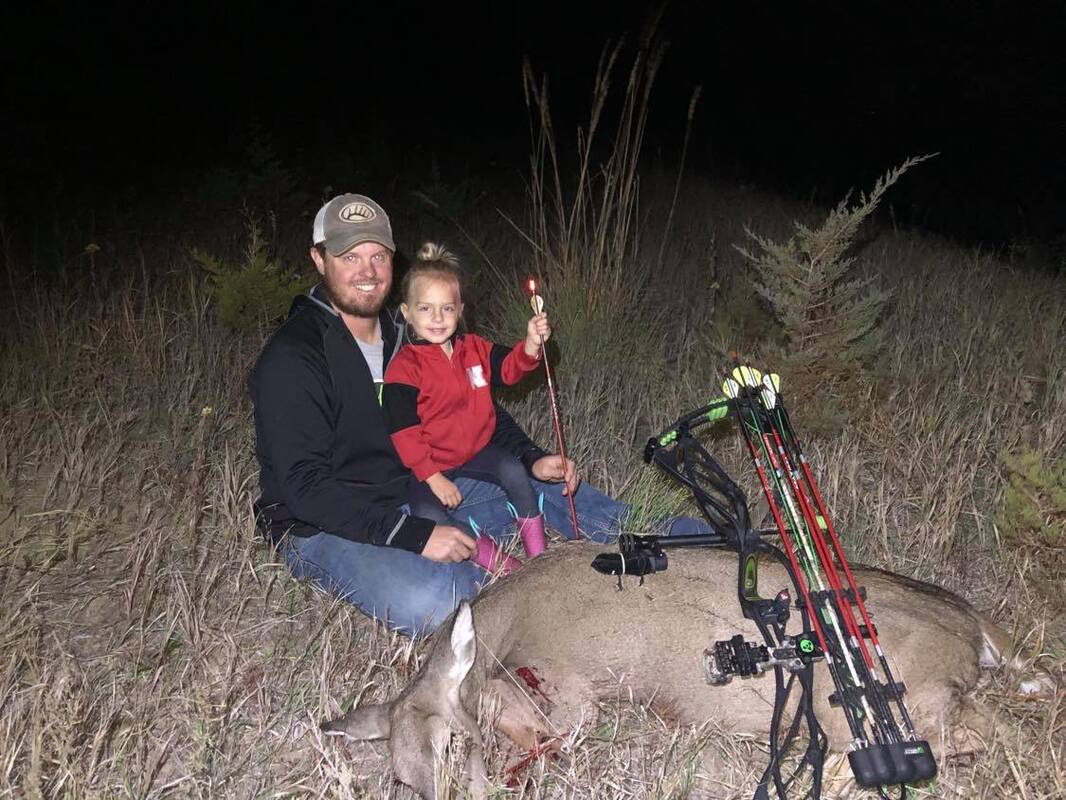
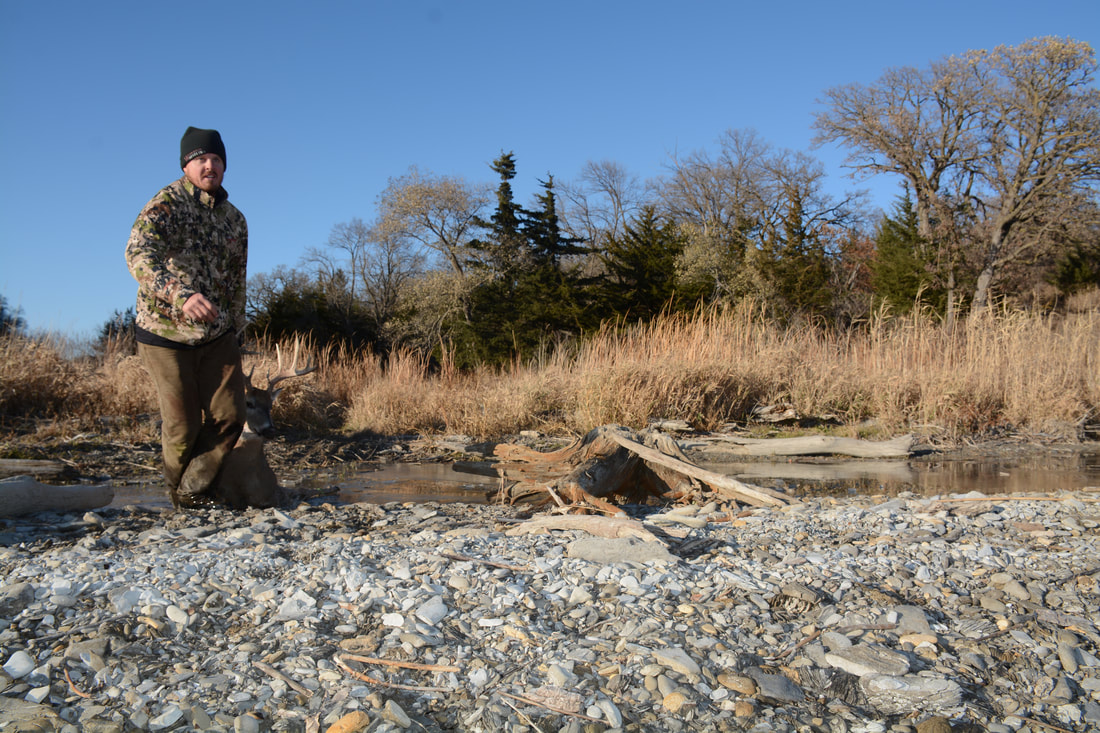
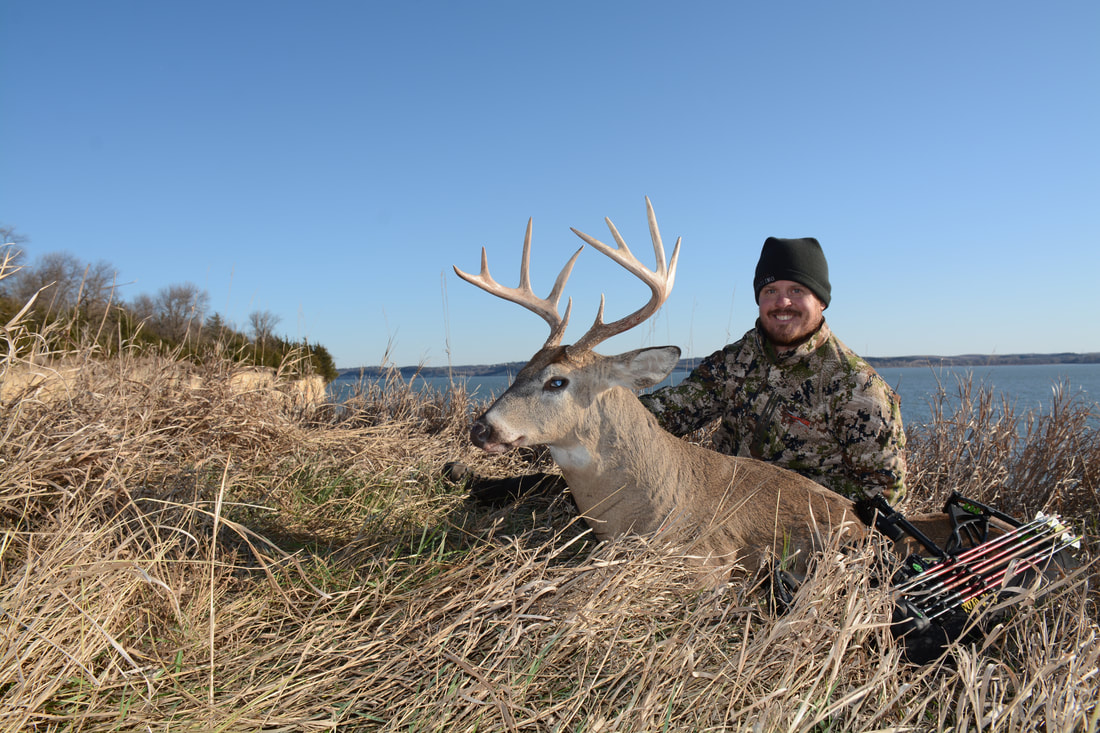
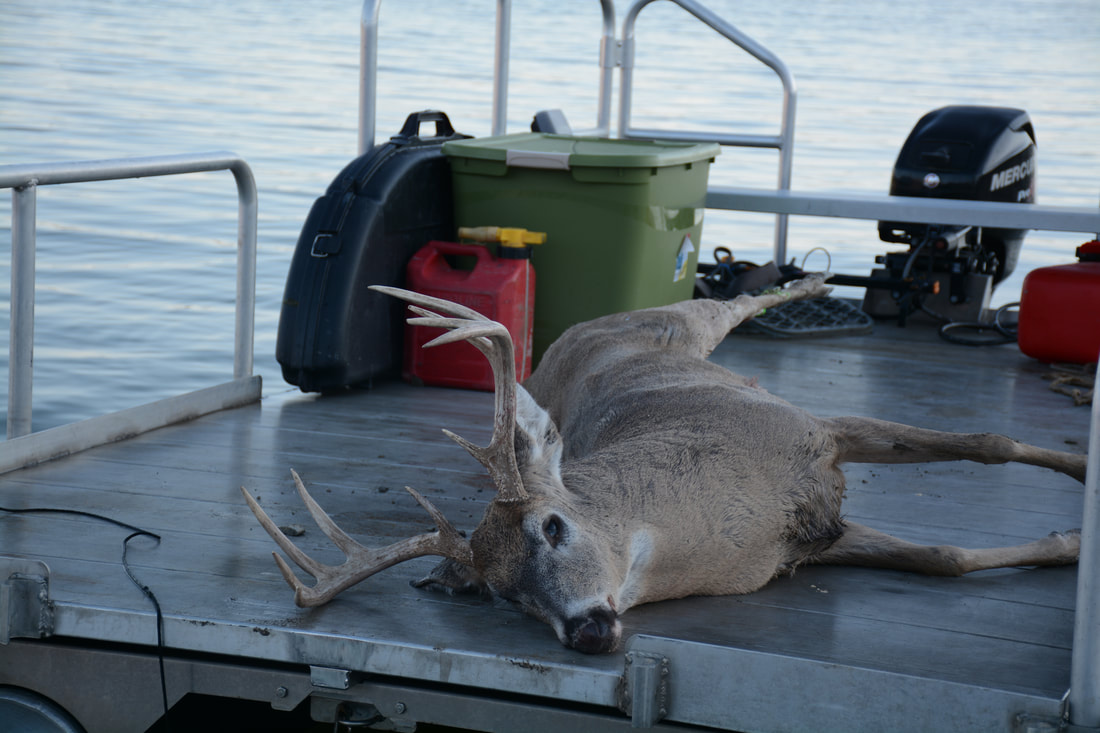
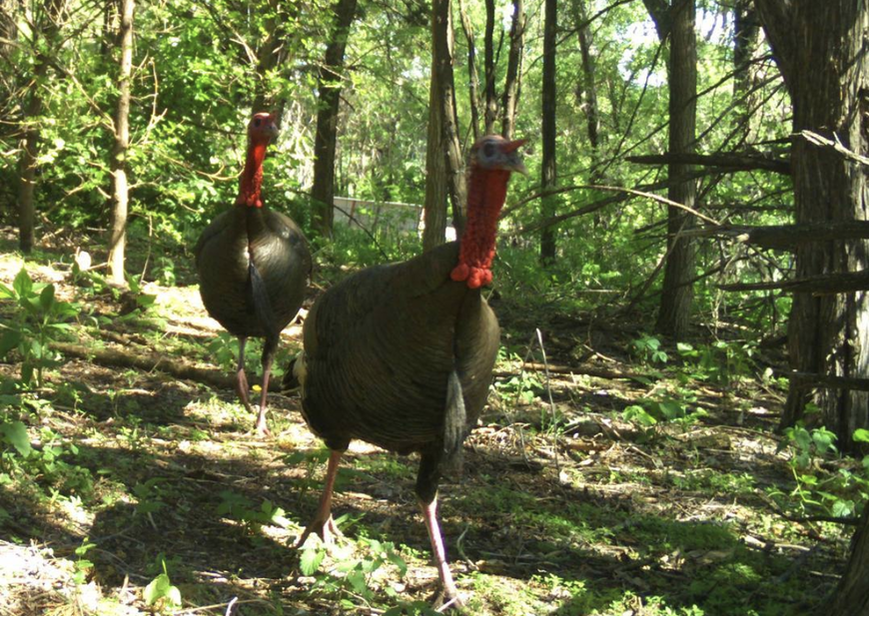
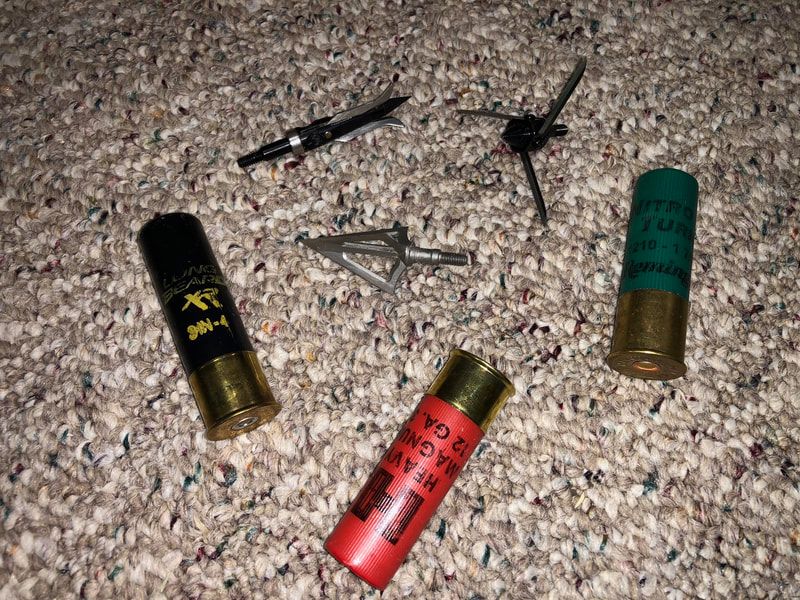
 RSS Feed
RSS Feed
